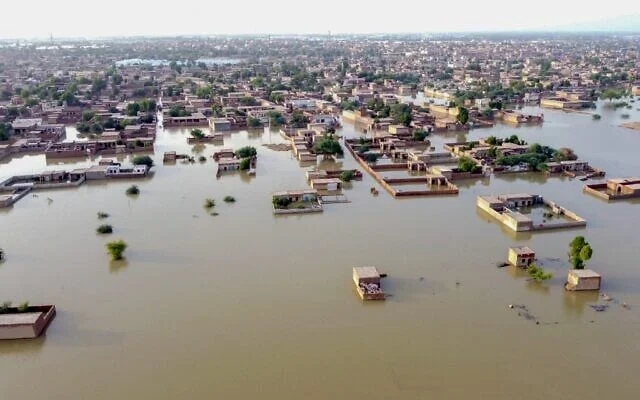Pakistan is home to some of South Asia’s oldest and most important headworks, playing a vital role in water distribution, irrigation, and flood management. These century-old engineering marvels were designed to withstand the challenges of their time, but today, they are facing severe pressure due to climate change and record-breaking floods.
Among the most notable structures are:
- Sukkur Barrage (1932) – One of the largest irrigation systems in the world.
- Balloki Headworks (1911) – A key structure on the Ravi River.
- Trimmu Headworks (1939) – Built to manage flows from the Chenab and Jhelum rivers.
- Panjnad Headworks (1932) – Connecting five rivers of Punjab.
- Marala Headworks (1968) – A crucial control point on the Chenab River.
Most of these headworks, built between 70 to 110 years ago, were engineered for a different era. With today’s rising water levels and extreme rainfall patterns, they are under immense strain, raising concerns about long-term sustainability and safety.
Read More: Punjab Flood Alert: Emergency Contact Numbers Released for Affected Areas
Experts stress the urgent need for modernization, reinforcement, and innovative water management strategies to protect millions of people who depend on these systems for agriculture and flood defense.









